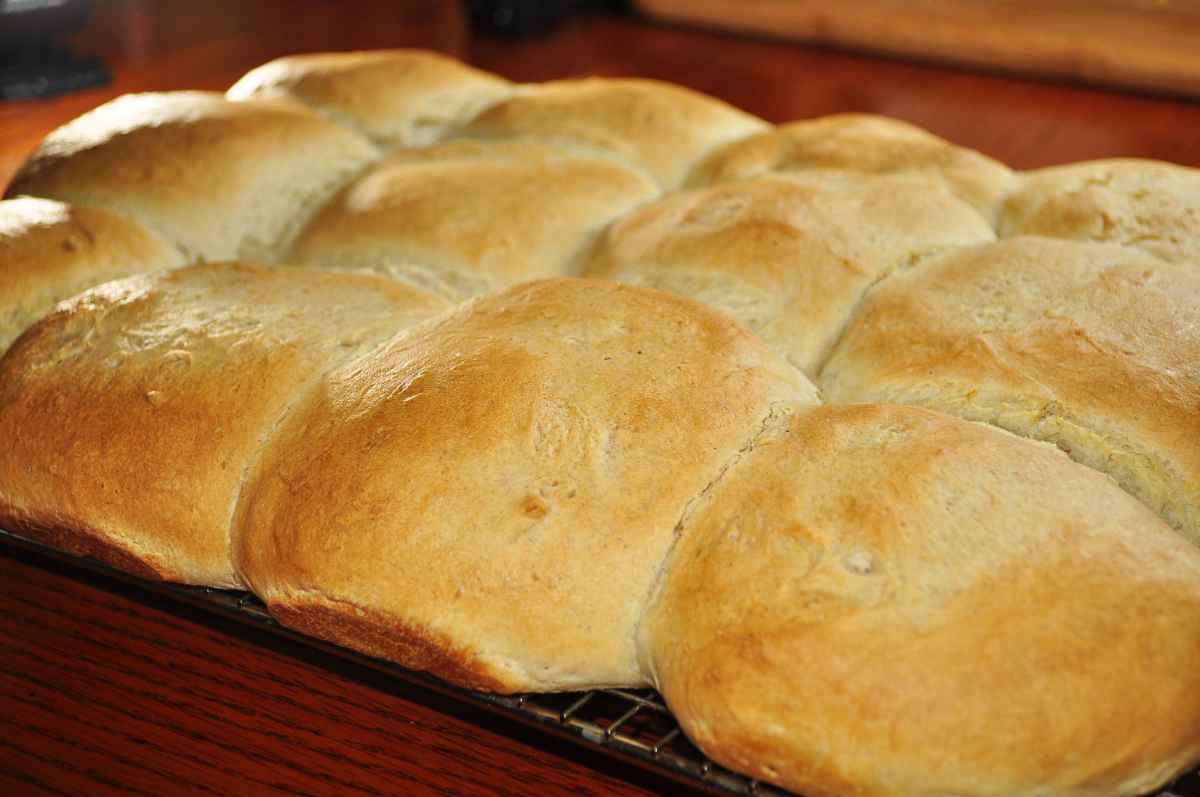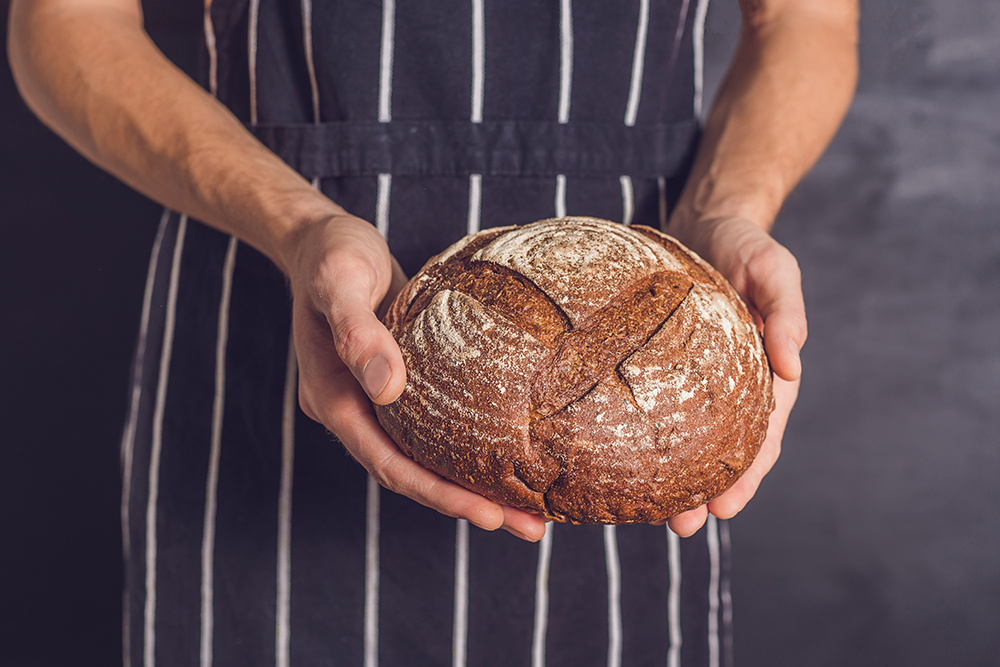Pasta is considered superior to bread because its much lower on the glycemix index. I think it was as low as fruit juice and honey. And far below white rice, bread and potato.
But i was looking this up and the reason pasta is low on the GI is because the gluten molecules are bonded differently in pasta, so it takes the body much longer to break them down compared to bread. A bowl of pasta definitely takes much longer to digest for me compared to equivalent calories of potato or bread or rice.
Is this actually desirable as far as endotoxin because something that takes longer to digest means it feeds more bacteria? Glycemic index and blood sugar levels are only one part of the equation. Pasta seems to cause a big slowdown in digestion times, even more so than pizza.
What about phyllo dough as used in spanakopita or baklava? I remember that being quicker digesting.
Also what about raisin bran cereal? It is made by kelloggs but it actually is one of the few cereals that is not fortified with any vitamins. One serving has 1.8mg iron which is naturally occurring in the wheat bran. Also raisin bran is mostly wheat bran, which Peat supposedly spoke highly of for it’s insoluble fiber. Is raisin bran all in all a worthwhile cereal to use for its wheat bran and insoluble fiber then? The only negative seems to be that the ingredients aren’t organic.
But i was looking this up and the reason pasta is low on the GI is because the gluten molecules are bonded differently in pasta, so it takes the body much longer to break them down compared to bread. A bowl of pasta definitely takes much longer to digest for me compared to equivalent calories of potato or bread or rice.
Is this actually desirable as far as endotoxin because something that takes longer to digest means it feeds more bacteria? Glycemic index and blood sugar levels are only one part of the equation. Pasta seems to cause a big slowdown in digestion times, even more so than pizza.
What about phyllo dough as used in spanakopita or baklava? I remember that being quicker digesting.
Also what about raisin bran cereal? It is made by kelloggs but it actually is one of the few cereals that is not fortified with any vitamins. One serving has 1.8mg iron which is naturally occurring in the wheat bran. Also raisin bran is mostly wheat bran, which Peat supposedly spoke highly of for it’s insoluble fiber. Is raisin bran all in all a worthwhile cereal to use for its wheat bran and insoluble fiber then? The only negative seems to be that the ingredients aren’t organic.



